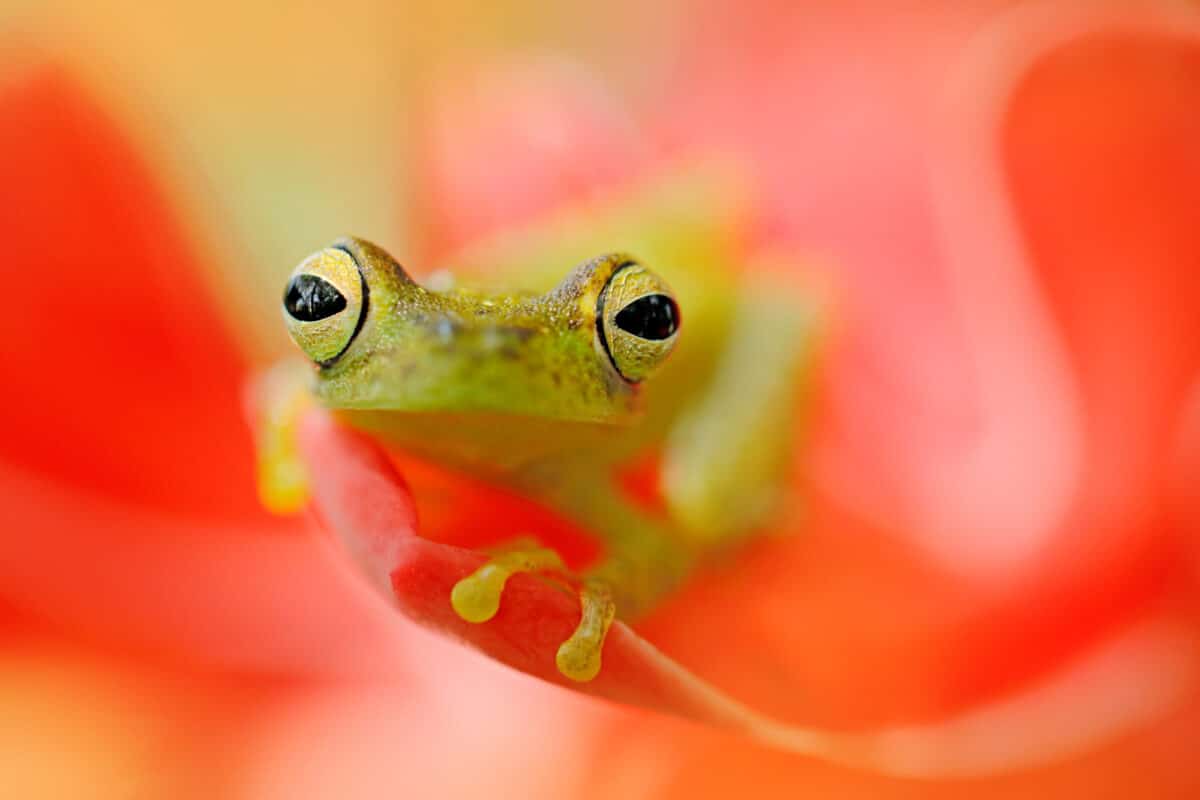Happy Leap Day! Every four years, we’re granted an extra day on the calendar, and while some may see it as merely a quirk of the Gregorian calendar, to frogs, it’s a day of celebration! This Day, occurring on February 29th, is a fascinating phenomenon that not only adjusts our calendars but also holds significance in nature. Join us in exploring why it occurs, why it’s called a “leap” day, and how it connects to our amphibious friends, the frogs.
Why Does This Occurs
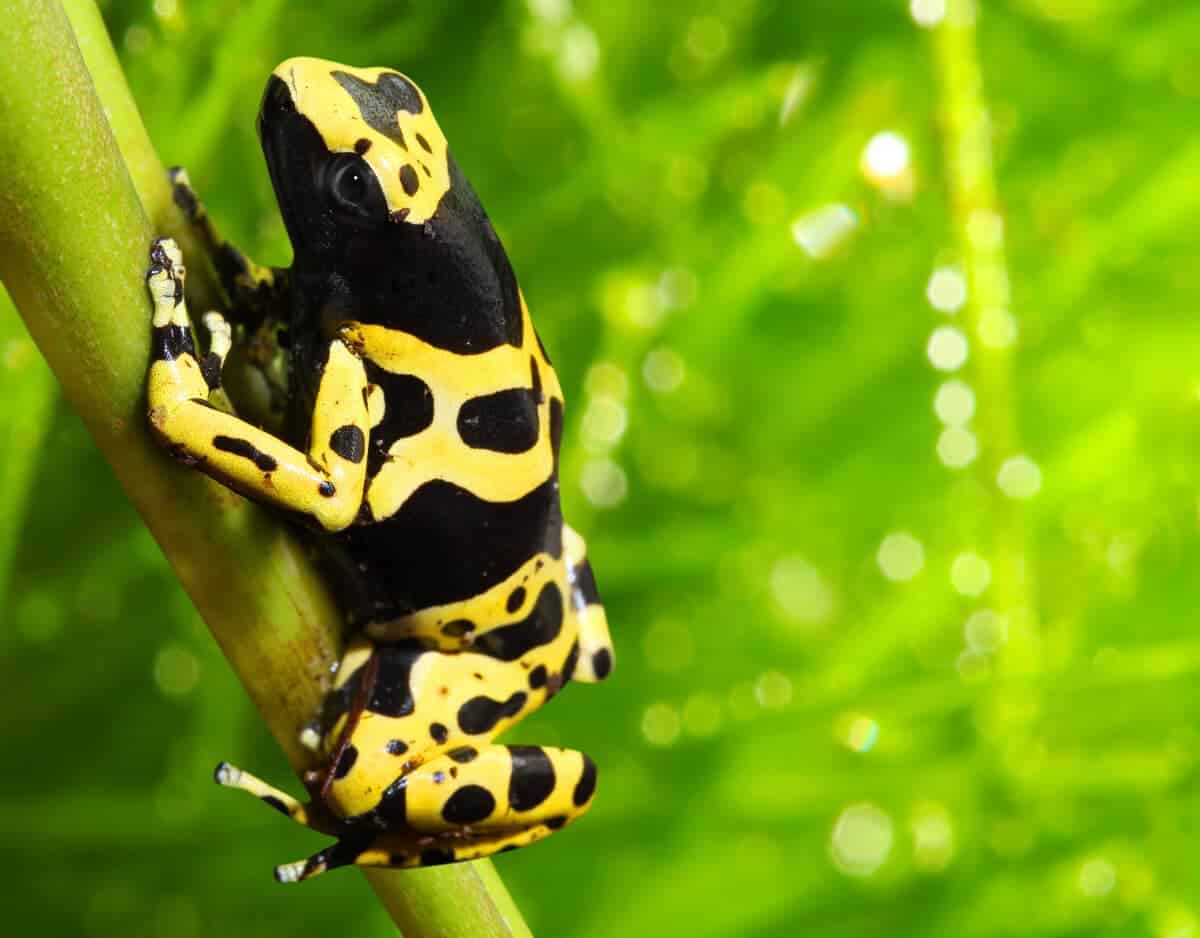
This Day exists to keep our calendar year synchronized with the Earth’s revolutions around the sun. Earth doesn’t complete its orbit in precisely 365 days; it takes approximately 365.2425 days. To correct this discrepancy, we add an extra day to the calendar every four years, making up those additional fractional days. This correction, known as a “leap year,” ensures our calendars stay in alignment with the astronomical seasons over time.
Why It’s Called a “Leap” Day?
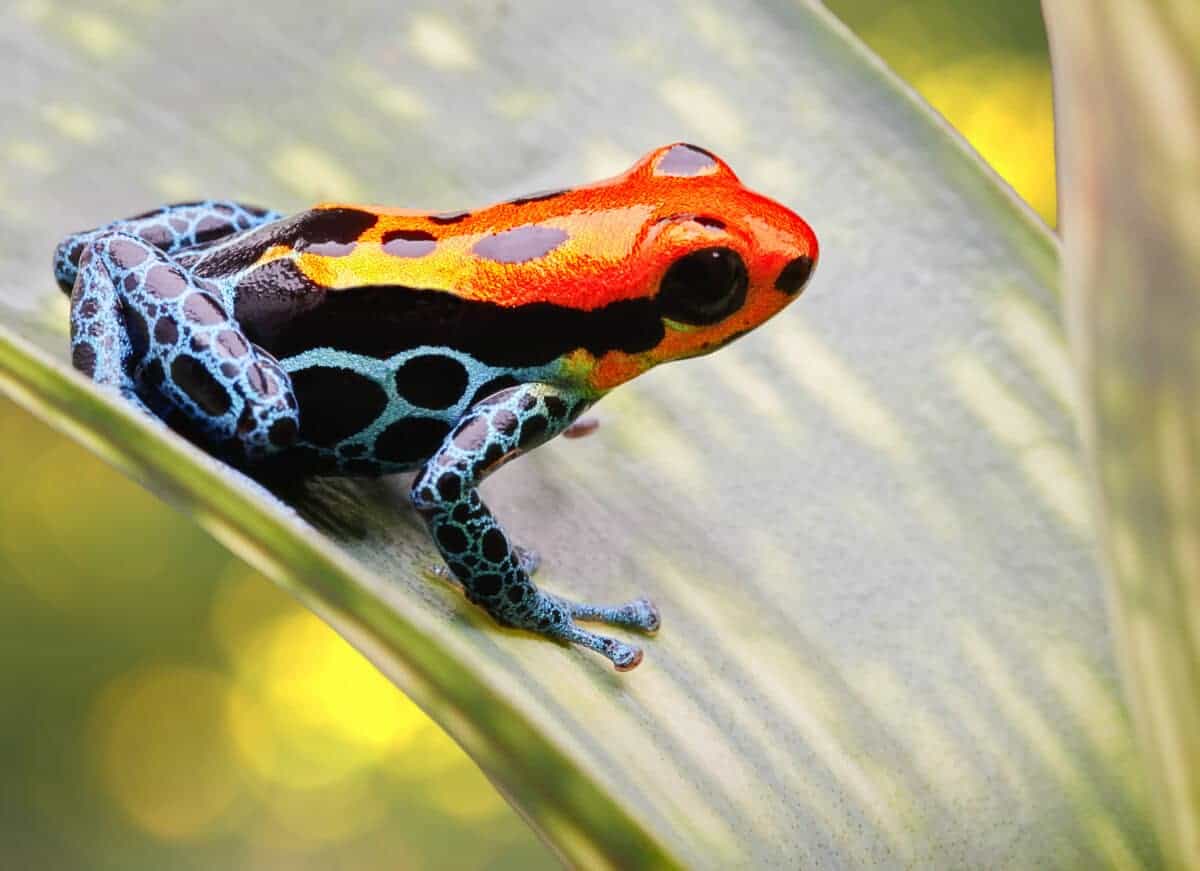
The term “leap” in Leap Day originates from the notion that we’re “leaping” over a day in the calendar, effectively jumping over February 28th to land on February 29th. This extra day allows our annual calendar to leap forward, keeping pace with the Earth’s orbit around the sun.
Why Do Frogs Jump?
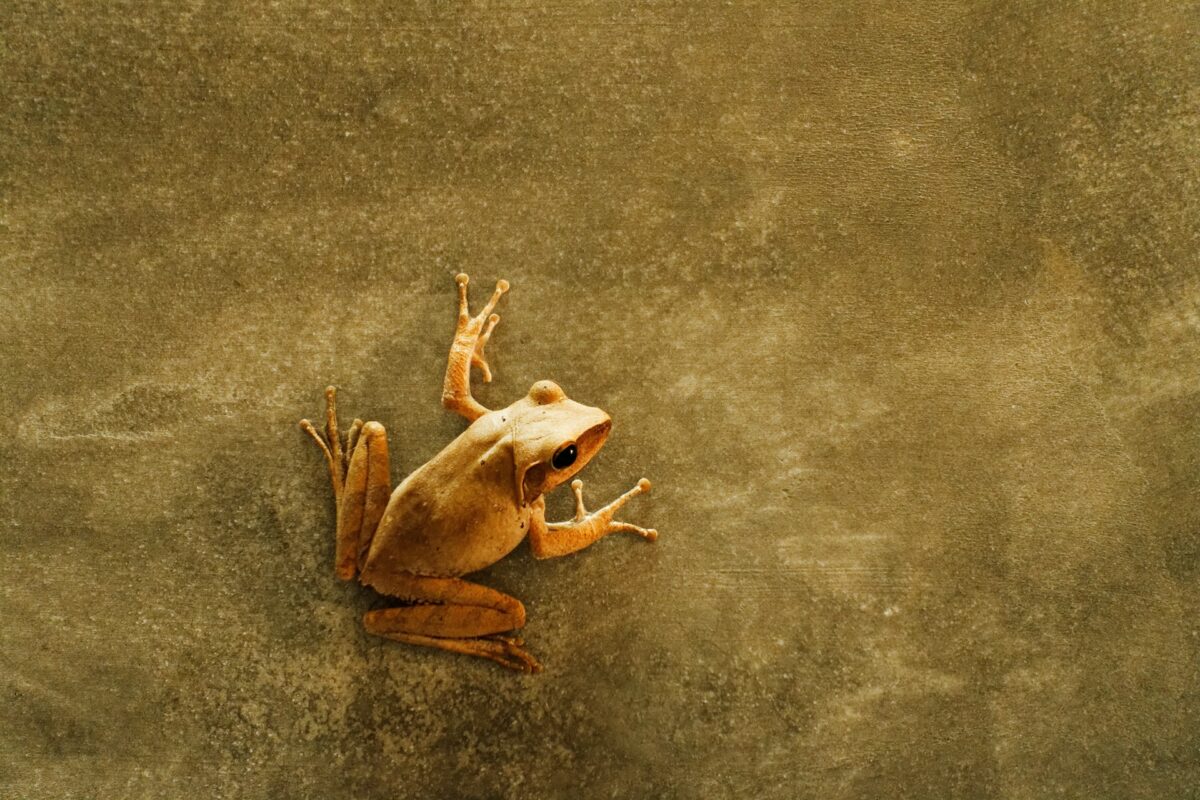
While humans may leap figuratively in celebration of an extra day, frogs are masters of leaping in the literal sense. These amphibians have evolved remarkable leg muscles that enable them to jump great distances, often as a means of escaping predators or catching prey. Their ability to leap serves as a survival mechanism in their natural habitats, allowing them to navigate various terrains and evade danger swiftly.
The Mechanism Behind This Jump
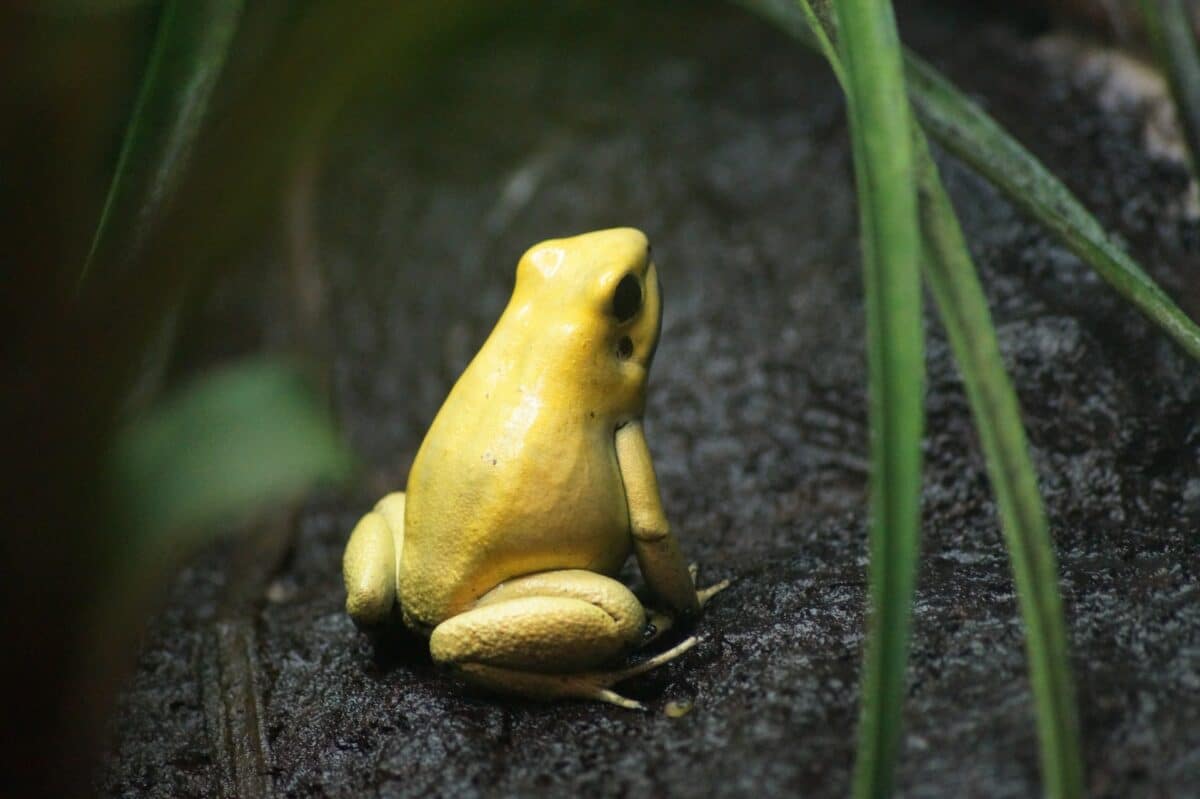
Frogs achieve their impressive leaps through a combination of powerful leg muscles and specialized skeletal structures. Their hind legs are particularly muscular, providing the force necessary for propulsion. Additionally, frogs have elongated ankle bones and flexible joints that act as springs, storing and releasing energy efficiently during a jump. When a frog prepares to leap, it contracts its leg muscles, storing potential energy. Upon release, this energy propels the frog into the air, with the ankle bones and joints extending and flexing rapidly to maximize distance.
Wrapping Up
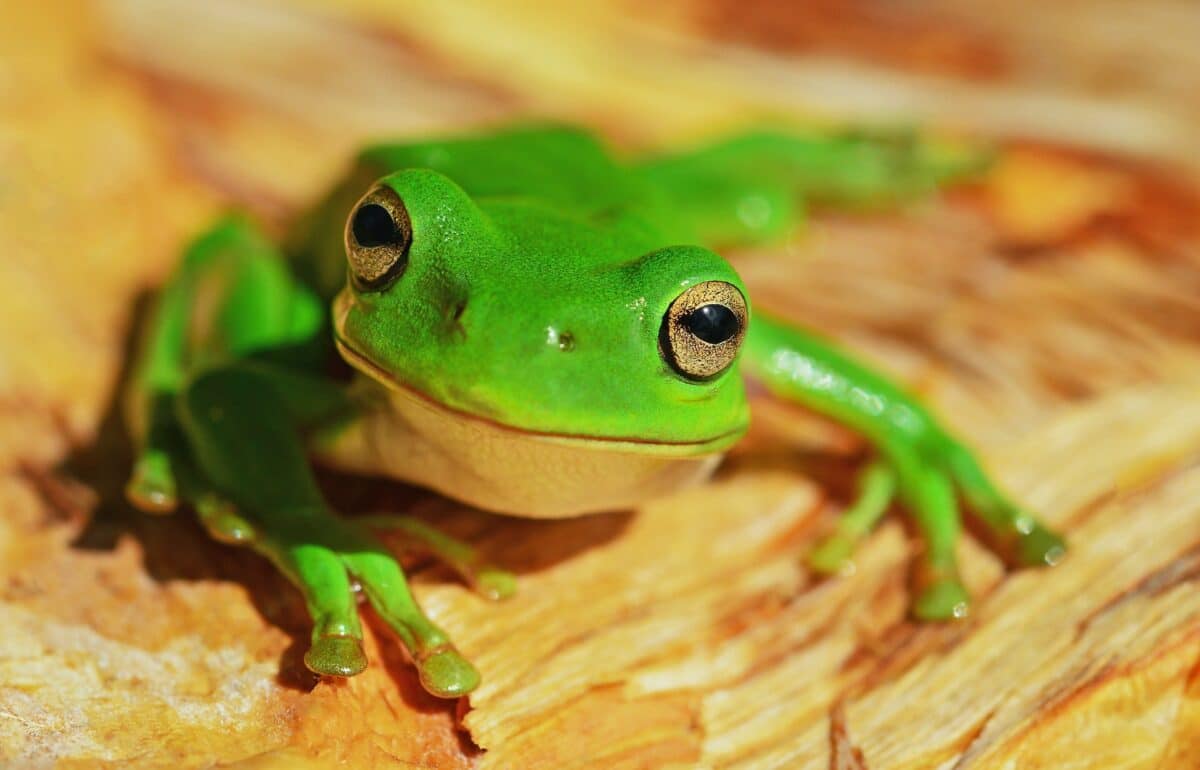
Finally, as we revel in the novelty of Leap Day, let’s take a moment to appreciate the connection between this calendrical anomaly and the remarkable abilities of our amphibious companions, the frogs. So, here’s to Leap Day, a day that not only adjusts our calendars but also reminds us of the wonders of nature and the incredible feats of creatures big and small. Happy Leap Day from all the frogs! 🐸✨
Thank you for following along with this article –
Next up in the animal kingdom:
Join our Forum for free today!

- Big Cats Love Mouthing Affection - July 22, 2024
- Kind Elephant Merciful To Lion Cubs - July 22, 2024
- Beachgoers Save Massive Shark Stranded In Florida - July 22, 2024

